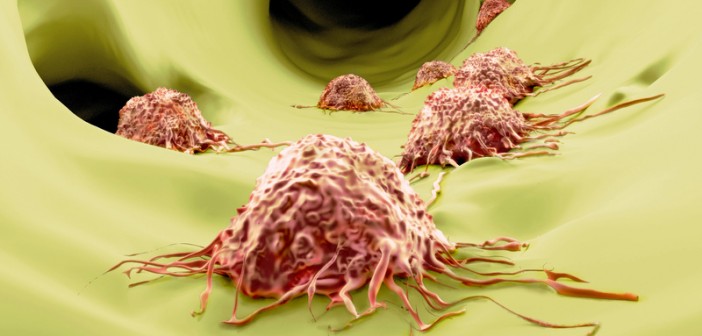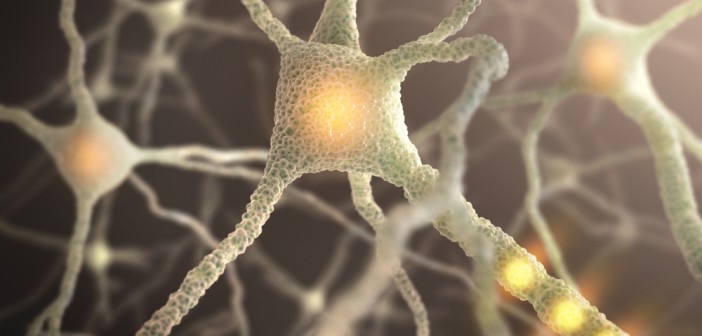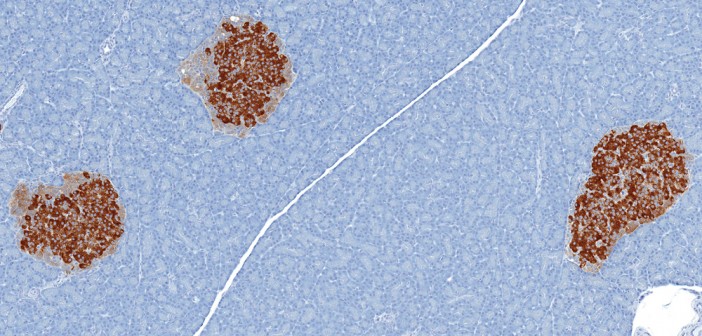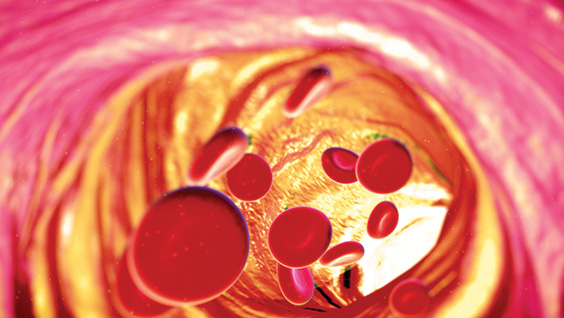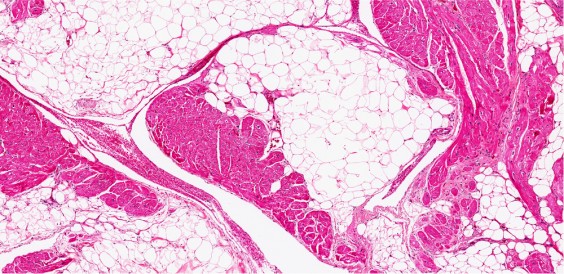Your cells move. They need to move for good reasons, such as when white blood cells travel to heal wounds, and for bad reasons, like when cancer cells invade surrounding tissue to metastasize. To move, cells create extensions—like feet—that make contact with a surface and lead the cell to its destination. The abnormal production of these cell extensions is associated with Alzheimer’s disease, epilepsy, and many other neurological disorders. For these reasons, scientists are working to understand the fundamental components of cell movement. What they find may lead to treatments that can promote cell movement when you need it, and prevent it when you don’t. Continue reading “Cells on the run: researchers discover a protein required for cell motility”
Cells on the run: researchers discover a protein required for cell motility
